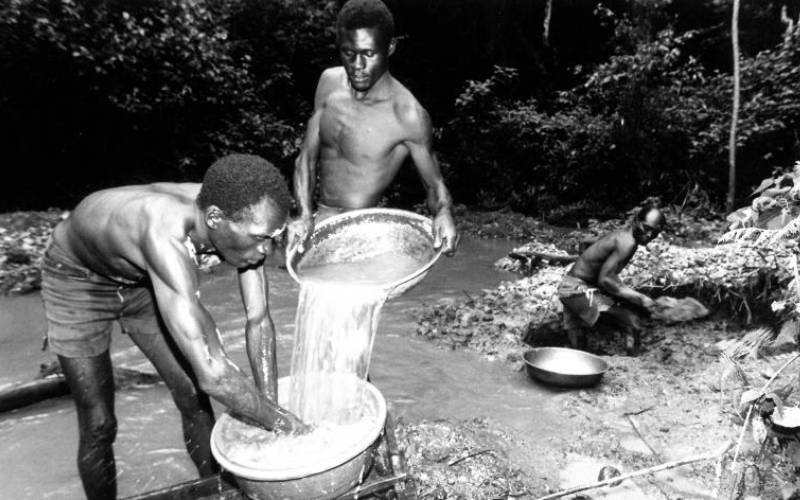×
The Standard e-Paper
Join Thousands of Readers

Gold mining in Migori, 1980s. [File, Standard]
The fatal attraction. Like a moth flying to irresistible warmth and its destruction, that is what gold-digging has been to impoverished peasants and large scale miners.